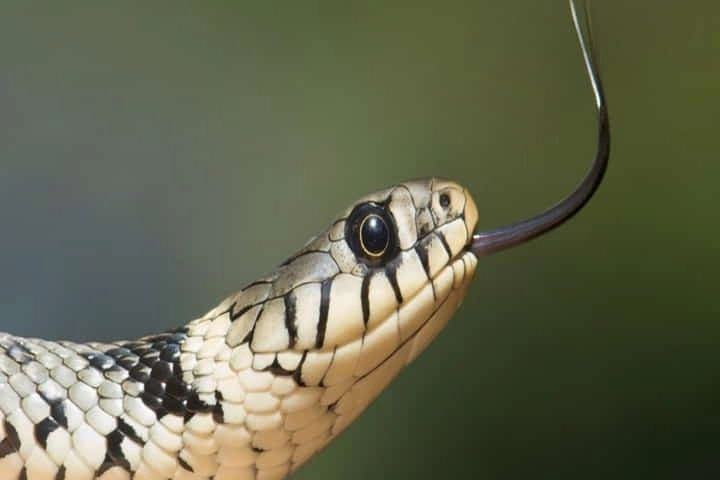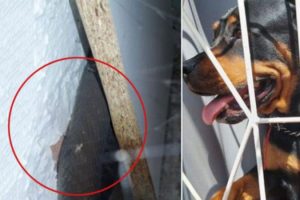Their mere presence is scary enough and when the snakes hiss it sends a chill down the spine of the brave too! When a human being wants to make that “sss” sound, there is a need to position the tongue against the front teeth. Now, according to a report in livescience.com, the vipers do not possess any front teeth, so how do they make that sound? Interestingly at times while hissing their tongue sticks out.
The hissing sound emanates from further back in the respiratory system from what is called as glottis. Located at the bottom of the reptile’s mouth, it opens with breathing. Glottis is joined to the windpipe which in turn is attached to the lungs.
Interestingly, there are two lungs in snakes – one which works and the other which is small and residue of an earlier working and bigger organ that the viper’s evolutionary ancestors used to have. The lung that is functional now, has two parts.
Talking to Live Science about the lungs, David Penning, who is Assistant Professor of Biology at Missouri Southern State University said: "There's the vascular lung; that's what our lungs do, so it absorbs oxygen and things like that. The back half of the lung is what's called the saccular lung, and it's basically like an old-timey fireplace bellow. It's just an empty balloon for nothing but just holding air. So when a snake goes to hiss, it will expand its ribs, take in a big deep breath and then just exhale for a really long period of time.”
The air which moves fast through the glottis is what creates the hissing noise.
Elaborating on this aspect, Penning observed: "It's literally just air passing through a small opening. They can change the volume of it, by squeezing their ribs harder and pushing out more air, but it's really just a result of air passing through a small tubular column that makes the hiss noise."
Also read: Australia’s highly poisonous snakes reached the continent by sea – Study
The tongues of the snakes have nothing to do with the hissing.
Sharing details about the tongue Penning remarked: “When their tongue comes out, they're trying to capture volatile organic compounds in the air. The two forks give them directional senses of chemicals, so if they pick up more of a coyote smell on the left side than the right, they know that perhaps that's where the chemical is coming from.”
By the volatile organic compounds Penning means chemicals in the air which are generally aromatic.
Highlighting the difference between the two Penning said: "The tongue flick is for them to gather information. The hiss is just to keep that distance or maintain being intimidating and things like that."
The reptile makes just one sound and that is hiss which is for the singular aim: defence. It signifies no message or information. Yet, there is a difference in the hiss between different species of snakes. For example, the hiss of the king cobra is like a “growl”.
No matter how it sounds the meaning and message is the same which is stay away!




















